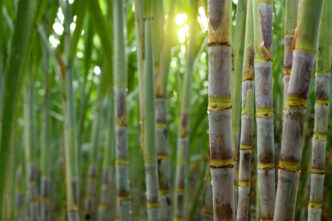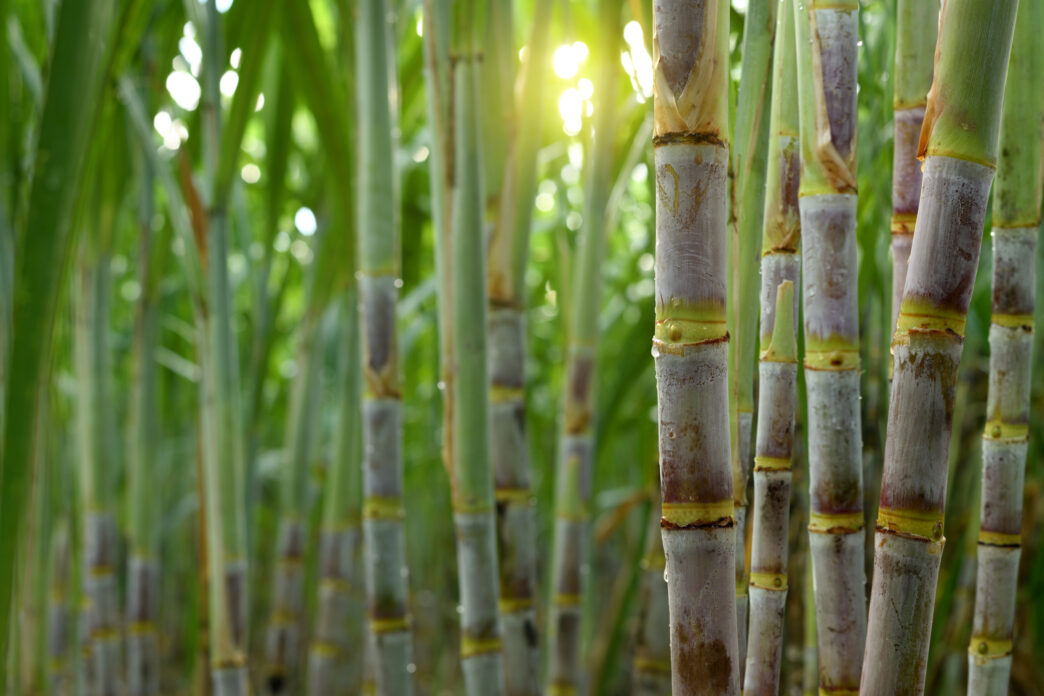What a blunder! I thought. But I was taught otherwise
Just like everyone else, I too have many nuances. I too, occasionally slip into moments of cynicism, making me roll my eyes, basking in an unconscious feeling of superiority, in my perceived lenses. While admiring the artistic touch of a local mural recently, I was quick to point the finger and criticize the “logical” inaccuracies it contained.
In front of me was this elaborate mural circa the late 1800s, and early 1900s depicting a typical scenery you would expect from a charming coastal town in Baja Sur. With the majestic Sierra de la Laguna expertly painted in the background, the paradoxical scenery of palm trees, cacti, and crashing waves is nothing unforeseeable. To add to its charm, the artist’s light strokes expertly detailed the historical correctness of schooners, sloops, and coastal steamers dotting the waters.
What hit a nerve so deeply in me was this one “major” historical inaccuracy on this otherwise seemingly perfect mural. Right in the middle of the wall, was the depiction of a sugar cane plantation.
A sugar cane plantation in Baja!
“What a blunder!” I thought to myself while questioning the historical integrity of both the artist and the individual who commissioned the mural. The Mauritian in me, if you read my column frequently, you might be aware that I was born and raised in Mauritius, could simply not conceive that the arid and xeric soils of the region, low in the required nutrients and moisture levels, could support sugarcane agriculture.
Sugarcane production in Baja simply does not add up. Yet, to my disbelief, my conclusion grounded in present-day Baja ecology proved entirely unfounded.
With this silly incident long forgotten, imagine my surprise when, weeks after my harsh judgment, my friend Paul casually mentioned “the sugar mill ruins in the Todos Santos area” in an unrelated conversation. As you can imagine, this proceeded with me going down the rabbit hole of researching the subject. This article apologizes for my poor due diligence and quick judgment. It’s also a chance to share what I’ve learned about Todos Santos’s rich sugarcane history.
Sugar production in Todos Santos began in the late 1800s and flourished into the early 1900s. During that time, the town’s fertile lands and access to fresh water from the Sierra de la Laguna mountain range created ideal conditions for cultivating sugar cane, despite the surrounding arid landscape.
At the height of its production, Todos Santos was considered a significant producer of panocha, a cone-shaped unprocessed brown sugar, exporting tons to mainland Mexico. Today, you can still buy panochas, except it no longer being manufactured here. Panocha is usually sold next to Jamaica flowers and cinnamon sticks at the grocery store and has a warm molasses taste profile, making it great for certain drinks and desserts.
By 1850, Todos Santos was at its peak, operating eight thriving sugar mills which primarily fueled their blossoming agricultural economy. A prosperity that invariably elevated quality of life as it did disposable income, leading to a more refined and vibrant culture by the late 19th century with the construction of two theaters and the influx of artists and sculptors.
Strolling around town, a glimpse of that golden era can be spotted through the elegant colonial architecture that still graces its streets today, giving it its perfect “abandoned sugar mills vintage chic” vibe that locals, expats, and tourists cherish so much. The remnants of El Molino, the last mill to close its doors in 1974, including its iconic tall brick chimney and rusting machinery continue to stand as historical landmarks, partially repurposed into residential areas and boutique hotels.
Due to a geological event in the 1950s that caused a drop in the water table and severe drought, combined with falling sugar prices after World War II, the sugar industry was never able to recover. Instead, the fertile lands surrounding Todos Santos were reclaimed by organic agriculture, farming, and ranching. The highway paving from La Paz to Cabo San Lucas in 1984 marked a new chapter, opening the town to tourism and stimulating a resurgence in its population.
Understanding Baja’s history is important to me. Historical data provides a fascinating glimpse into the past, allows for a better understanding of the now, and better future planning. For now, the next time I am inclined to roll my eyes I’ll remember my “expertise” might just be a Google search away from being completely debunked. For more on my work: www.naailahauladin.com ,





Great article, Naailah. So much interesting history to learn about Baja. I was on a snorkeling trip to the Island Monday and we went in the bay were the ruins of the late 1800s-early 1900s commercial cultured pearl growing complex. Our guide was very knowledgeable and explained it was political issues and corruption that brought an end to the industry rather than not being a viable operation. One last note. At the Centenario Mercadito Fruterio about a month ago, they had a box of sugar cane in sections about a foot long. He told me that it is grown on a small scale in several locations in our area. Thanks again for another interesting and informative article.
Be advised. The raw sugar made cones ate called “piloncillo”, or the less used “panela”. Perhaps it was autopilot that spelled “panocha”. That is typically a vulgar word used for a part of the female anatomy. I’m reading this great informative article on line. Hope the printed version was corrected prior to distribution. If not oh well. Hee hee.